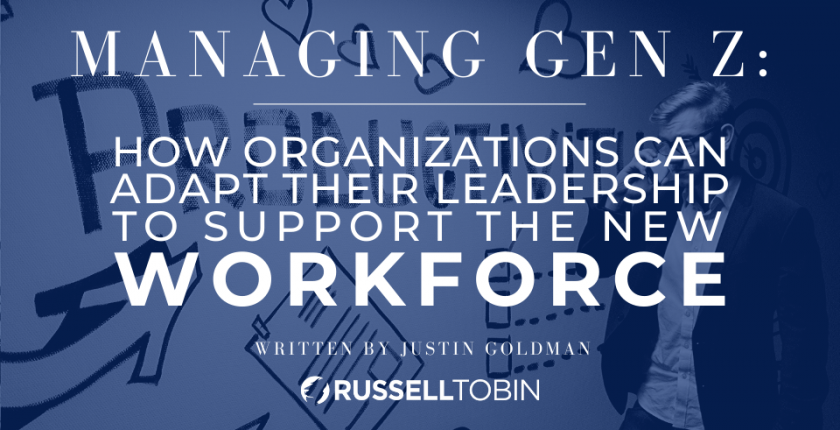We’re undoubtedly in a very unique job economy: unemployment is at an all-time low, the average job tenure is continuously shortening, and the wave of graduates entering the workforce represents a new generation that brings a new set of challenges for employers. Managers and stakeholders feel the boat rocking as they rush to rearrange hiring, compensation, and reward models to match the needs of their new incumbents. Arguably, with so many options at the fingertips of a top-bucket candidate, the differentiating factor when compensation is equal seems to be manager-subordinate relationships—more specifically how leaders within an organization are able to motivate and support employee development and how it ties directly into how long that employee will stay, and how productive they will be throughout their tenure.
For any manager that has yet to realize these changes, this new set of needs might seem like a headache that isn’t worth entertaining. If you’re wondering ‘what’s in it for me?’, you are likely overlooking the impact these variables have on your bottom line. Say what you will about the newest generation of workers (attitude, attention span, work ethic, etc.), but this cohort of individuals are technologically savvy and won’t hesitate to bring their talent elsewhere if they feel they aren’t being given the tools to succeed. The reality is that if your competitor is willing to cater to the needs of top talent while you wait for someone who matches your outdated archetype of the ‘ideal candidate’, you’re likely to find yourself with high attrition rates and will be left wondering when/how your organization turned to a churn-and-burn hiring model.
What Organizations Can Do
If you’re wondering how to implement best practices surrounding such a nuanced topic, the first step is listening to what your employees want. From research and what we see from our top candidates, employees value consistency and equity from their superiors above all else. As more firms adopt a ‘360-degree’ model of performance appraisal—where subordinates give feedback to their superiors and vice versa—those individuals in management positions should be increasingly cognizant of how their style is being perceived. A few rules of thumb:
Bottom Line
Organizations that can stay agile and not only respond to but anticipate and prepare for changes in the human capital space are the ones who gain and retain the biggest market share. The ‘this is how it’s always been done’ mentality will only lead to gaps in your organizational strategy and more headaches on the backend. Listen to your employees, recognize your top contributors, and make a point to align personal motivations to organizational goals.
- Keep communication consistent: Wearing your heart on your sleeve might seem like a great way to show your emotional commitment to the organization, but it is more likely to flag you as an erratic over-communicator. Employees want consistency, and if you don’t make a point to stay even keeled, they’ll be left wondering what they did to upset you.
- Transactional vs. transformational leadership: With the former being the more “traditional” leadership style, transformational leadership—which is based in driving employees to align their personal/professional goals to the organization’s—seems to be more effective in keeping employees engaged and motivated. The quid-pro-quo ideology behind transactional leadership is outdated and only aids employees in their decision to up and leave when they feel like it. On the flip side, transformational leadership comes when organizations make a point to identify how employees are motivated and create personal development plans with those motivations in mind. Making your day job your passion is often wishful thinking, but there is certainly room for organizations to meet their employees halfway and tailor development to their personal goals.
- Why top talent is top talent: Don’t lose sight of the mindset that top performers often bring. These individuals crave honest criticism and have a gold-medalist-mentality driven by a hunger for continuous improvement. If you recognize a top performer on your team, the worst feedback you can give them is ‘keep doing what you’re doing’. Imagine yourself in the mind of the employee who receives this feedback: if you’re the smartest person in the room, you’re in the wrong room. Always give these individuals areas of improvement to focus on—it’ll pay dividends in what you can get out of your human capital.

 Helping the
Helping the Specialized
Specialized Industrial
Industrial Healthcare
Healthcare MSP & Contingent
MSP & Contingent Innovative
Innovative Business
Business








